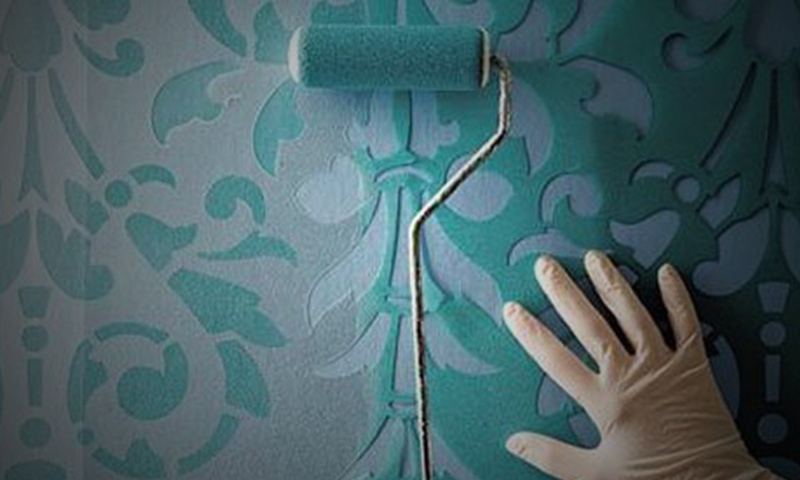
The Importance of Curing Concrete
Curing concrete is essential in order to prevent grazing, dusting and surface disintegration while improving wear resistance and increasing strength development. Furthermore, curing can contribute to enhanced microstructure development while encouraging designed strength growth.
Properly cured concrete house slabs Melbourne will achieve a high degree of hardness. Adherence to curing practices on the job site will help achieve desired results while also avoiding problems in the future.
Moisture
Humidity plays an integral part in concrete curing. Humidity affects cement hydration, which in turn determines its strength and lifespan; excessive loss of moisture through evaporation may lead to shrinkage cracks that compromise its structural integrity and overall quality.
To avoid this happening, concrete must remain moist during its curing process. Saturating it 5-10 times daily with water is the best way to do this and especially important during its first seven-day strength gain period.
Spraying, ponding and using wet coverings such as burlap or cotton mats are effective ways of keeping concrete moist. In extreme hot or cold weather conditions, temporary windbreaks may need to be set up around it to protect it from elements such as temperature extremes. Once concrete has hardened it can be used for foot traffic (provided precautions are taken), vehicles and furniture use; for commercial areas like parking lots it should wait 28 days before heavy trucks/RVs may drive on it.
Temperature
Concrete should be cured at temperatures higher than 7.2 degrees Celsius (45 degrees Fahrenheit). Below this threshold, cement hydration slows or stops completely – leading to costly delays and reworks.
Concrete produces heat during its chemical reactions, so it must be adequately covered to maintain consistent temperatures. Insulated blankets and formwork are common means of doing this but may prove challenging to install in hot weather jobsites.
Another alternative is using an absorptive cover such as hessian or canvas, though this may prove challenging on jobsites with high wind speeds that cause rapid evaporation. A mist system provides just the right amount of moisture while simultaneously maintaining an ideal temperature to allow concrete curing at its designed strength and durability levels.
Chemical Compounds
Curing promotes hydration and strengthens and prolongs the concrete’s strength and durability, as well as prevent cracking, shrinkage, or any other issues which might compromise its integrity.
Proper curing is of utmost importance because as the cement hydration reaction advances steadily and forms calcium silicate hydrate gel, which binds aggregates together and forms a rock solid mass, reduces porosity, enhances physical and mechanical properties of concrete and strengthens both physical and mechanical properties of it. Curing creates the optimal microstructure which increases tensile strength, bond strength between cement and aggregates as well as increasing resistance against environmental stresses in concrete.
Curing compounds are chemical products sprayed onto concrete to form a waterproof barrier and stop water loss. Different curing compounds have different chemical compositions and water retention efficiencies which is reflected by their vibrations on an FTIR spectrum; construction professionals must select an appropriate curing compound for their projects.
Coverings
Concrete contractors are always searching for ways to increase the efficiency of their construction operations, including using project management software for monitoring, scheduling and tracking their operations. This is essential as many processes involved with production must be carefully managed; additionally, contractors need to ensure their work complies with any specific curing guidelines or requirements that might exist in terms of cure timeframe.
Curing involves maintaining uniform temperature, moisture and hydration levels over a specific period to achieve appropriate strength, durability and serviceability of concrete. A properly cured material reduces thermal, plastic and drying shrinkage cracks while improving water tightness.
Wet coverings such as hessian, burlaps, cotton mats or rugs are used to keep concrete hydrated during curing processes. Ponding is another effective approach used by concrete floor slabs – dikes filled with water are regularly replenished around their edges so as to maintain surface hydration. Sprinkling, fogging or misting may also be employed to increase humidity within the concrete slab surface area.

